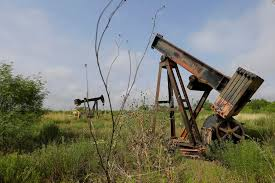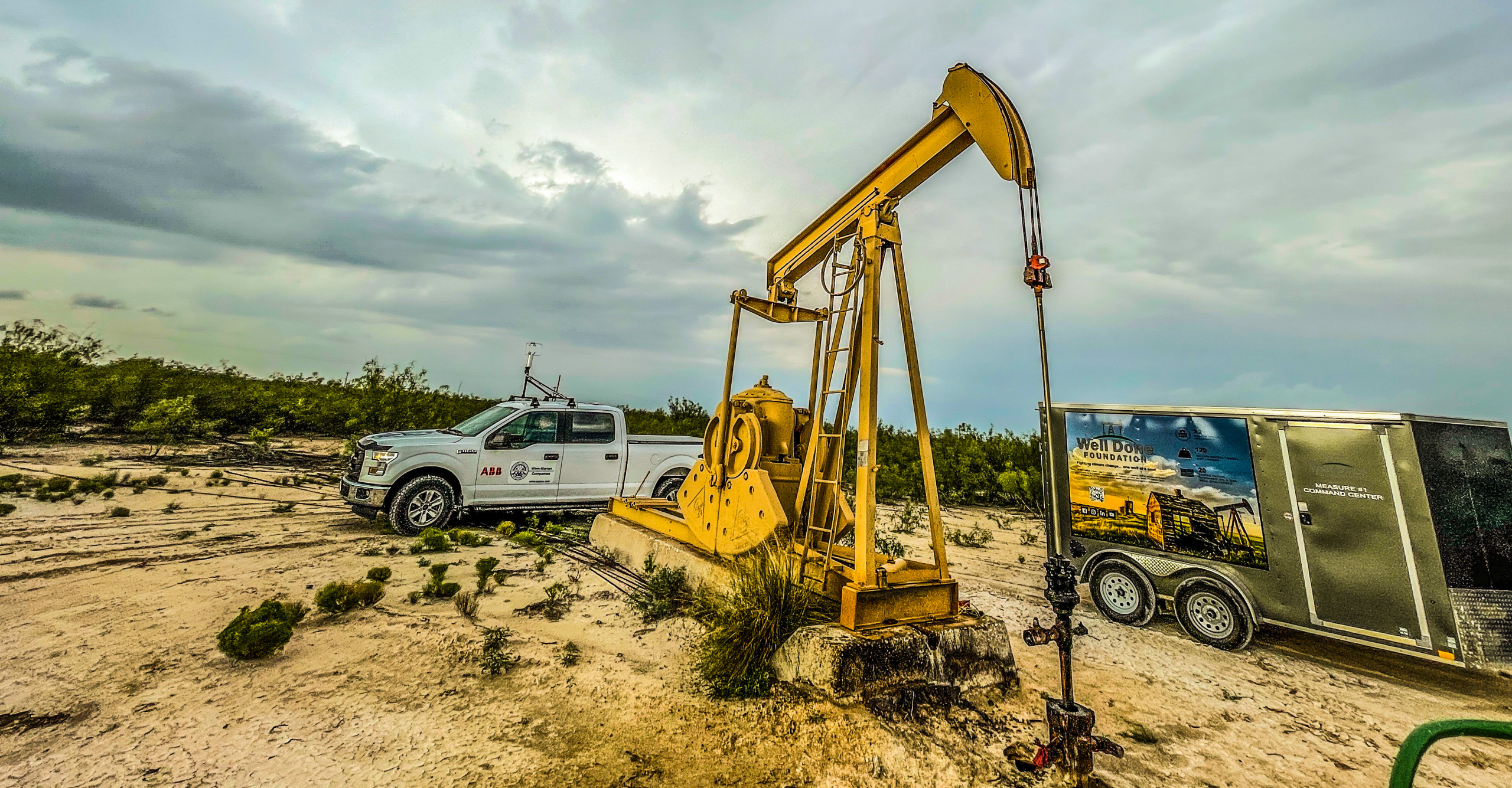PRIVATE FUND AIMS TO PLUG 20,000 ‘ORPHAN’ OIL WELLS IN THE U.S.

The plan and why it’s different
A privately financed effort is taking shape to retire roughly 20,000 abandoned oil and gas wells in the United States at no cost to taxpayers, according to Saturday’s print edition. The model pools philanthropic and institutional capital into a dedicated fund that hires contractors to locate, cap and remediate so-called “orphan” wells—sites with no solvent owner of record. Unlike standard grants, backers expect returns from selling carbon credits tied to methane abatement and, in some cases, mineral rights or land restoration value. The approach attempts to solve two bottlenecks at once: scarce public budgets and the fragmented ownership that stalls clean-up bids.

Climate math and bottlenecks
Methane leaks from orphan wells are small individually but large in aggregate, and plugging them offers quick climate wins. Yet execution is tricky. Survey data are patchy, well records are incomplete, and local permitting can lag. The fund says it will prioritize clusters near population centers where emissions and groundwater risks are highest, publish before-and-after leak measurements, and build a standardized price curve for abatement credits to improve market confidence. Environmental groups cautiously welcome more plugging, but they warn against double counting and stress that verification must be independent. If the model scales, states could target public dollars at the hardest sites while private finance clears the backlog. Success will hinge on transparency—how wells are chosen, who gets paid, and how durable the plugs prove over time.





















